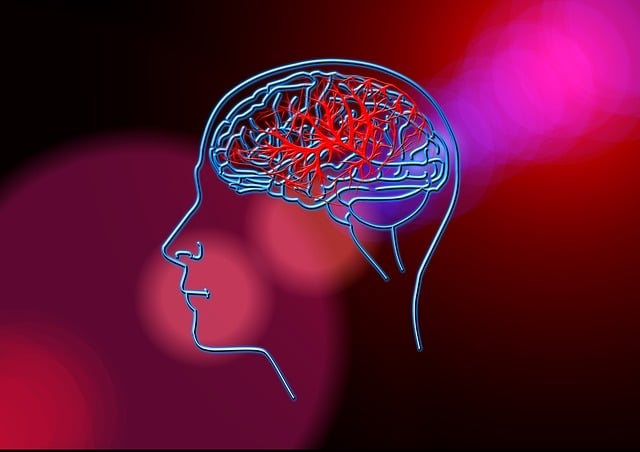Iron deficiency anemia, a common blood disorder caused by iron deficit, leads to oxygen delivery issues. Symptoms include fatigue, weakness, pale skin, and shortness of breath. At-risk groups include pregnant women, children, older adults, and those with gastrointestinal disorders or chronic infections. Blood tests, including the UK Male Hormone Blood Test, measure hemoglobin (Hb) and ferritin for diagnosis. Early detection allows dietary adjustments or supplements to restore iron levels and alleviate symptoms. The test also measures hormones like testosterone and DHEA-S to identify hormonal imbalances contributing to anemia.
“Discover how a simple UK Male Hormone Blood Test can reveal hidden iron deficiency anemia, a common yet often overlooked health issue. This comprehensive guide explores the symptoms and risk factors associated with this condition, emphasizing the crucial role of blood tests in accurate diagnosis. Learn what your test results mean, gain insights into managing anemia, and understand why early detection through tests like these is vital for maintaining optimal health. By understanding iron deficiency anemia, you can take proactive steps towards better well-being.”
- Understanding Iron Deficiency Anemia: Symptoms and Risk Factors
- The Role of Blood Tests in Diagnosing Iron Deficiency Anemia
- Interpreting Results: What Your UK Male Hormone Blood Test Tells You
Understanding Iron Deficiency Anemia: Symptoms and Risk Factors
Iron deficiency anemia is a common blood disorder where the body lacks enough healthy red blood cells, which are responsible for carrying oxygen throughout your body. It occurs when there is an iron deficit, often due to a reduced intake or poor absorption of this essential mineral. Understanding the symptoms and risk factors is crucial in identifying and addressing this condition.
Common symptoms include fatigue, weakness, pale skin, shortness of breath, dizziness, headaches, and cold hands. In men, it might manifest differently as low energy levels, reduced sexual drive, and changes in hormone balance, which can be assessed through a UK Male Hormone Blood Test. Certain groups are at higher risk, including pregnant women, children, older adults, individuals with certain medical conditions (like gastrointestinal disorders or chronic infections), and those following a strict vegetarian or vegan diet.
The Role of Blood Tests in Diagnosing Iron Deficiency Anemia
In the diagnosis of iron deficiency anemia, blood tests play a pivotal role by providing crucial insights into the health of red blood cells and the levels of iron in the body. These tests are essential tools for healthcare professionals in the UK to uncover underlying iron deficiencies, particularly in men where symptoms may be less noticeable. A typical UK male hormone blood test includes measurements of hemoglobin (Hb) and ferritin levels, among other markers. Hemoglobin, found in red blood cells, carries oxygen throughout the body, and its low levels can indicate anemia. Ferritin, on the other hand, is a protein that stores iron; reduced ferritin levels suggest decreased iron reserves.
By analyzing these results, doctors can effectively identify iron deficiency anemia and determine its severity. This early detection allows for timely interventions such as dietary adjustments, iron supplements, or, if necessary, medical treatments to restore iron levels and alleviate symptoms like fatigue, weakness, and shortness of breath.
Interpreting Results: What Your UK Male Hormone Blood Test Tells You
Interpreting your UK Male Hormone Blood Test results is a crucial step in understanding your iron deficiency anemia diagnosis and planning your treatment. The test typically measures levels of specific hormones, including testosterone, DHEA-S (dehydroepiandrosterone sulfate), and others, which can provide insights into your overall hormonal balance and potential underlying causes of anemia.
If the results show low hormone levels, such as decreased testosterone or DHEA-S, it could indicate conditions like hypogonadism or chronic stress. These findings are important because they suggest possible sources of iron deficiency. For instance, low testosterone can impact red blood cell production, while chronic stress hormones can interfere with nutrient absorption. Understanding these factors helps healthcare professionals tailor treatment plans to address both the anemia and any associated hormonal imbalances.
Iron deficiency anemia is a common yet serious condition that can significantly impact overall health. The UK male hormone blood test plays a crucial role in diagnosing this anemia by measuring ferritin and other key markers. By understanding the symptoms, risk factors, and interpreting blood test results, individuals can take proactive steps to manage or prevent iron deficiency anemia. Regular screening is essential for maintaining optimal health, especially for those at higher risk.
